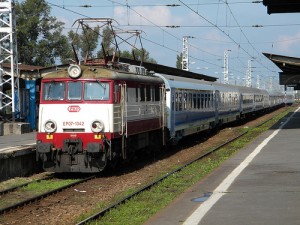 April falls during spring, an excellent time to visit Germany. The weather gets warmer , there are spring festivals and Easter celebrations taking place.
April falls during spring, an excellent time to visit Germany. The weather gets warmer , there are spring festivals and Easter celebrations taking place.
Weather & temperatures
Even if the weather is a bit cold (still), as soon as the sun comes out, the locals go to the parks to enjoy the new season. Spring is generally a time when the weather cannot be predicted and April makes no exceptions. It can turn from sunny to rainy in no time.
The best way to prepare for this weather is to pack layers. And don’t forget an umbrella or a waterproof coat.
Sample temperatures
Berlin avg high 12C; avg low 2C
Dusseldorf avg high 14C ; avg low 5C
Frankfurt avg high 13C ; avg low 3C
Hamburg avg high 11C; avg low 2C
Munich avg high 11C ; avg low 2C
>>read more about Weather in Germany
Flights and accommodation
The prices for both airfare and accommodation start to go up in spring but they aren’t as high as during the summer. It’s a good idea to make the reservations some months in advance, particularly if you want to travel during Easter (when the local kids have their Spring break).
Things to do
Almost during the entire month of April , Frankfurt is home to the Spring Fair , one of the largest folk festivals in the region. It dates from the 14th century when it was a medieval market. Today it’s famous for the rides and roller coasters. The fireworks are interesting, too.
Also in Frankfurt, take advantage of the Long Night at the Museum (Apr 21) to visit the city’s museums and art galleries with a single ticket (during the night, of course).
The next week (Apr 28) it’s time for the Long Night of Music in Munich, where you can go to various concerts during the entire night using a single ticket (€15 euros).
>>read more about Things to do in Munich
For five days in April (Apr 18 to 22) , Cologne is home to the Art Cologne, the country’s leading art fair. You can see sculptures, paintings, video art, photography, etc.
You can also plan to visit Berlin an take a walking tour of the city, walk by the Berlin Wall, visit a museum or spend time in the park.
>>read more about Things to do in Berlin
Should you plan to visit Germany for the Easter 2013, plan your vacation between March 30 and April 1 (of course, longer if you have available time). Good Friday and Easter Monday are public holidays so expect everything to be closed (but you can certainly enjoy some time in the nature or walking in the cities).
Photo credit
 June is the first month of summer, the most popular time to visit Germany. The weather is warm , the festivals are in full swing and the tourists aren’t avoiding the country. It’s an exciting time to plan for outdoor activities, too.
June is the first month of summer, the most popular time to visit Germany. The weather is warm , the festivals are in full swing and the tourists aren’t avoiding the country. It’s an exciting time to plan for outdoor activities, too. 



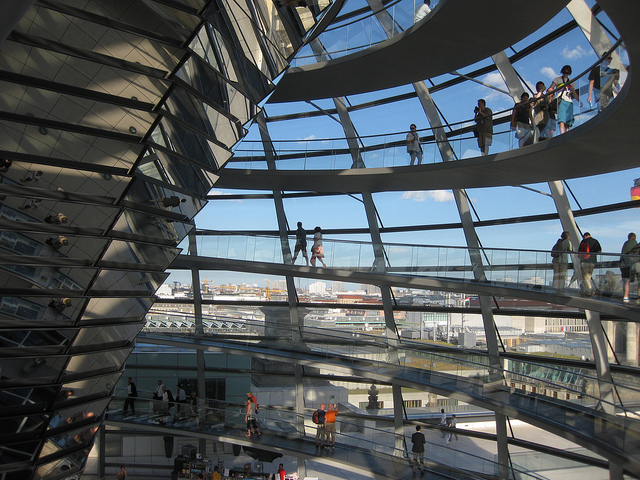

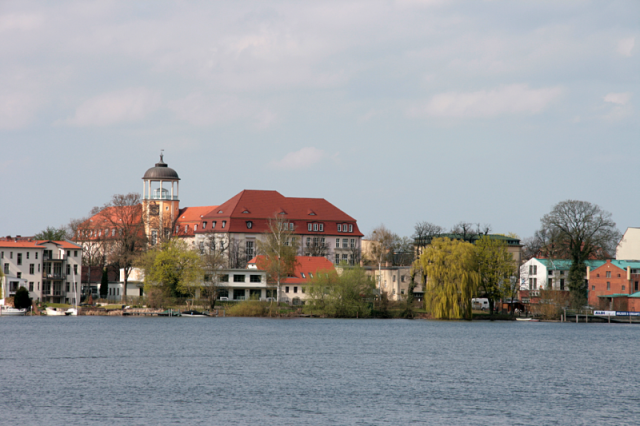
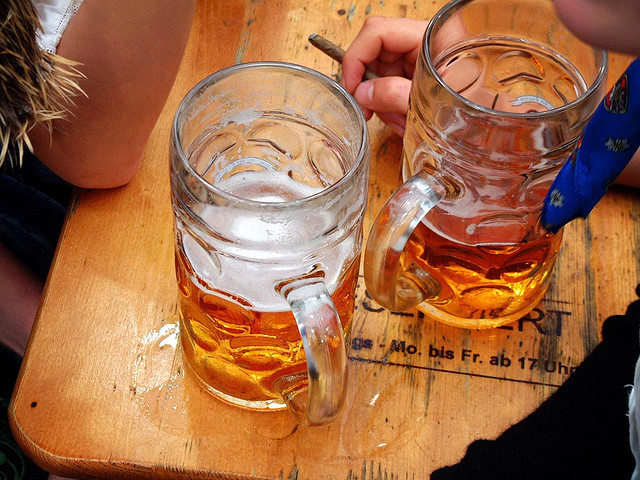
 There are currently 14 large tents at Oktoberfest. Here is a list of some of these
There are currently 14 large tents at Oktoberfest. Here is a list of some of these 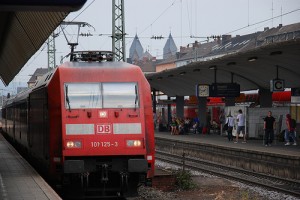 Heidelberg is a very important travel destination in Germany and is located in the Neckar River valley. It is home to the oldest university in the country. After World War II the city came out almost untouched by the bombs, so it retains the baroque charm of narrow streets and castle ruins.
Heidelberg is a very important travel destination in Germany and is located in the Neckar River valley. It is home to the oldest university in the country. After World War II the city came out almost untouched by the bombs, so it retains the baroque charm of narrow streets and castle ruins.  Dusseldorf is located on the River Rhine and is famous for its nightlife, shopping and events. It is also home to Düsseldorf International Airport (DUS), the third largest airport in Germany. Also, Airport Weeze (NRN) serves the city and is used by European low cost carriers. Many travelers choose to fly here and then connect to the rest of Germany rather than flying into the larger Frankfurt or
Dusseldorf is located on the River Rhine and is famous for its nightlife, shopping and events. It is also home to Düsseldorf International Airport (DUS), the third largest airport in Germany. Also, Airport Weeze (NRN) serves the city and is used by European low cost carriers. Many travelers choose to fly here and then connect to the rest of Germany rather than flying into the larger Frankfurt or 